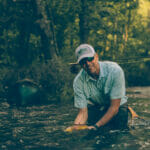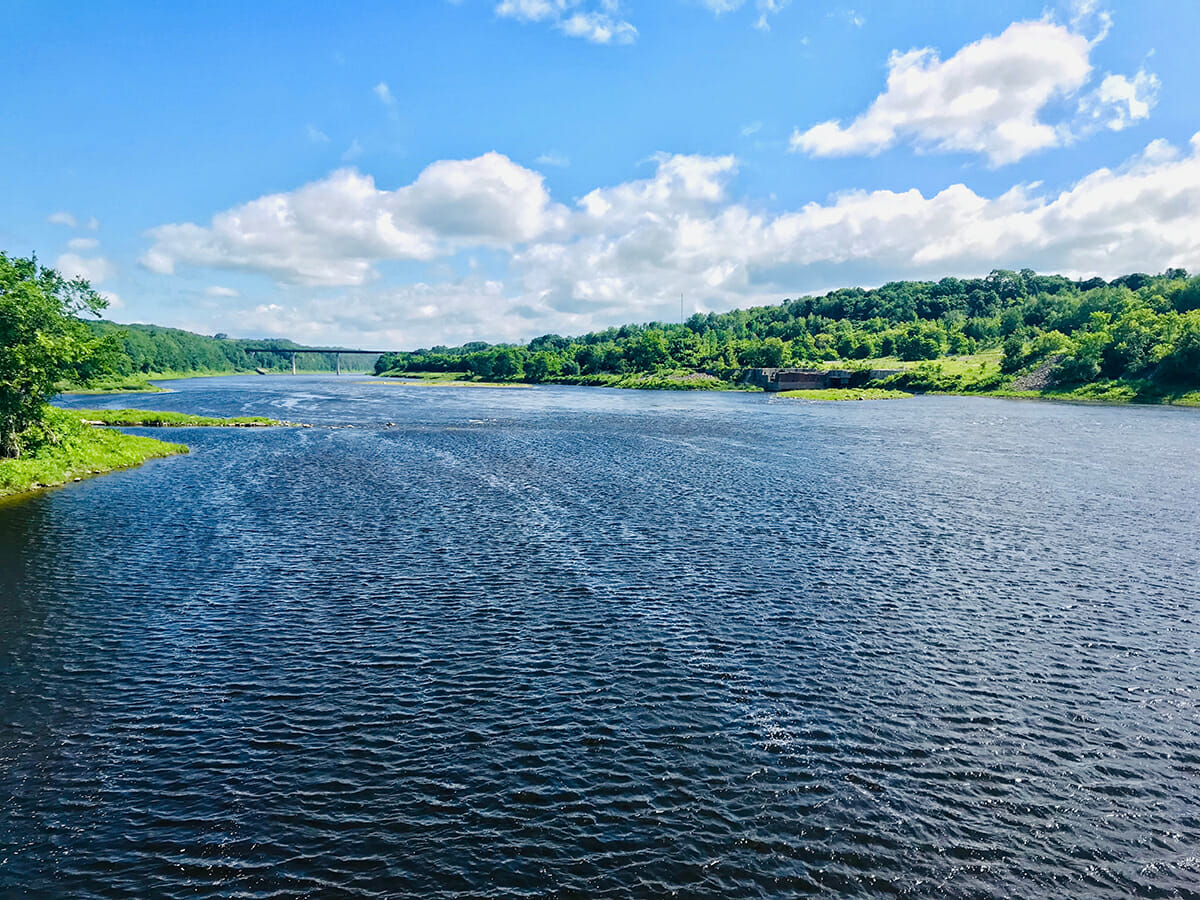Setting the stage for dam removal and Atlantic salmon recovery
In the early 1800s, as many as 200,000 Atlantic salmon would return to Maine’s Kennebec River for their annual spawning run.
In 2025, just 47 adult Atlantic salmon — designated as a federally endangered species — swam up the river to Lockwood Dam, where they were trapped then trucked to spawning habitat upstream in the pristine Sandy River, above four impassable dams.
Such heroic efforts are the only thing keeping the river’s salmon hanging on by a thread. But in the not-too-distant future, salmon should once again be able to swim far upstream in the Kennebec.
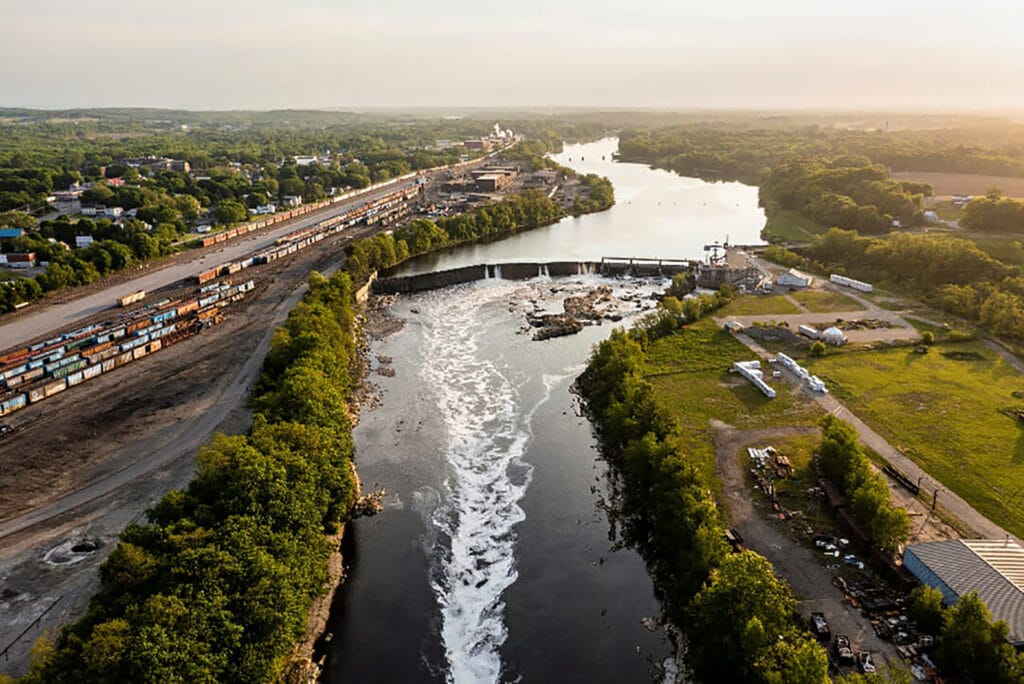
800 miles of rivers soon to be open
On Sept. 23, The Nature Conservancy (TNC) and dam owner Brookfield Renewable Partners announced a deal that sets the stage for the decommissioning and eventual removal of the lowermost four dams on the Kennebec. That will open an astounding 800-plus stream miles — including the mainstem Kennebec and tributaries like the critically important salmon spawning habitat in the Sandy River — to sea-run fish.
The agreement will establish a new nonprofit entity, the Kennebec River Restoration Trust, to take control of the dams. The trust will continue to operate the hydropower facilities at the dams while the process of decommissioning and removing the dams unfolds. The transfer is expected to close in mid-2026 with the complete process of removing the four dams expected to take about a decade. Brookfield will continue to own and operate a suite of hydropower dams in Maine, including in the upper reaches of the Kennebec watershed.
“When I was a student at Colby College in Waterville in the 1960s, the Kennebec was an open sewer. Fumes from the river literally peeled the paint off buildings along the river,” said Steve Brooke, a retired senior planner from the Maine State Planning Office and a Trout Unlimited member who has been a Kennebec River advocate for decades. “The river’s restoration began with the Clean Water Act of 1972 and continued with the removal of the Edwards Dam just above the head of tide in Augusta in 1999. Since then, the lowermost section of the Kennebec has come alive with sea-run fish that feed the larger ecosystem that includes the Gulf of Maine. We are grateful to TNC for securing this agreement, which can expand this rebirth upstream into the Sandy River and will lead to a healthier river to feed Maine’s economy. This is literally a dream come true.”
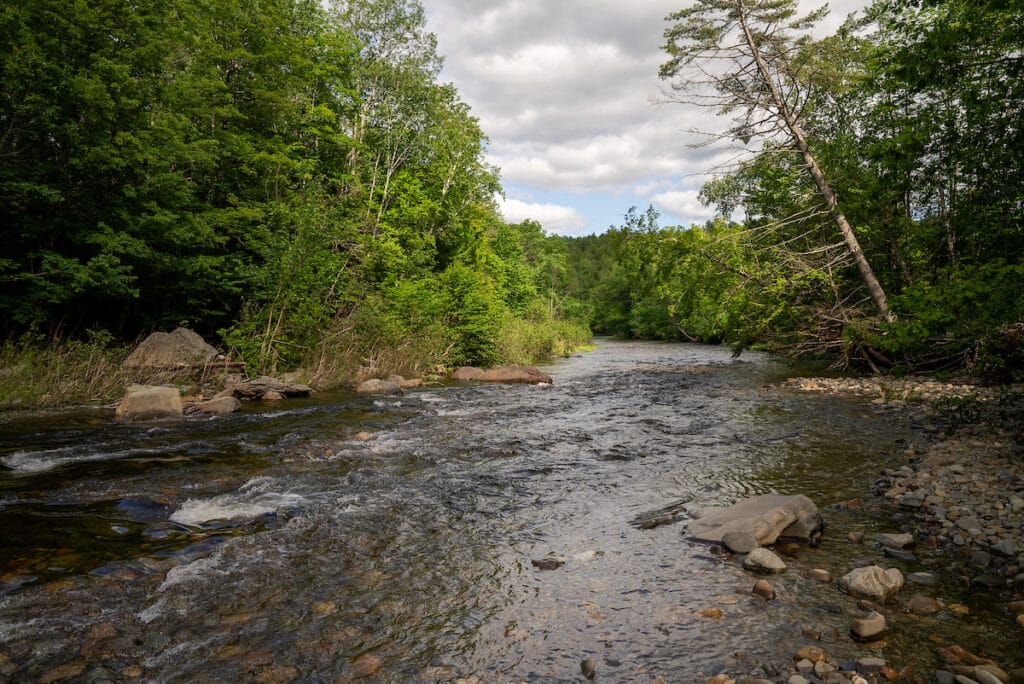
Advocacy in action
Trout Unlimited, along with partners in the Kennebec Coalition of fishing and conservation groups, has long advocated for significant fish passage improvements, up to and including dam removal, at the four lower Kennebec dams. The improvements are necessary not only to save imperiled Atlantic salmon but to improve the health of populations of other important co-evolved migratory species, including river herring, American shad and sturgeon.
After the 1999 removal of the Edwards Dam, once the lowermost dam on the Kennebec, the lower river’s ecology quickly rebounded with reinvigorated runs of shad, herring and awe-inspiring sturgeon.
Communities along the lower river have felt this renewal, benefitting from enthusiastic anglers and from crowds of gawkers who gather to watch 8-foot-long sturgeon finning in once unreachable small tributaries. Dam removal is not only good for fish but also for river communities.
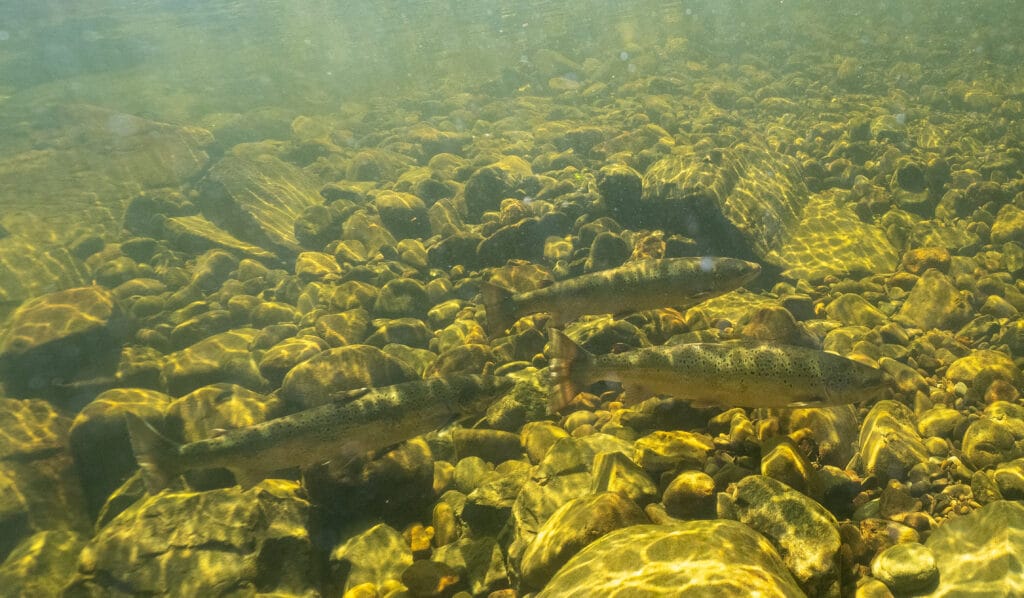
“Previous experience on the Kennebec and Penobscot proves that removing dams sparks a remarkable recovery of fish, wildlife and new outdoor recreational activities,” said Luke Frankel, staff scientist and Woods, Waters & Wildlife director at the Natural Resources Council of Maine. “We’re looking forward to working with TNC and other partners to unlock the enormous opportunities that a further restored Kennebec River can deliver.”
Shawmut Dam is currently undergoing a license review by the Federal Energy Regulatory Commission, and the three other lower dams — Lockwood, Hydro-Kennebec and Weston — are undergoing license amendments. During the long relicensing process, TU members and supporters have enthusiastically advocated for meaningful, effective fish passage requirements be included as conditions of any issued licenses.
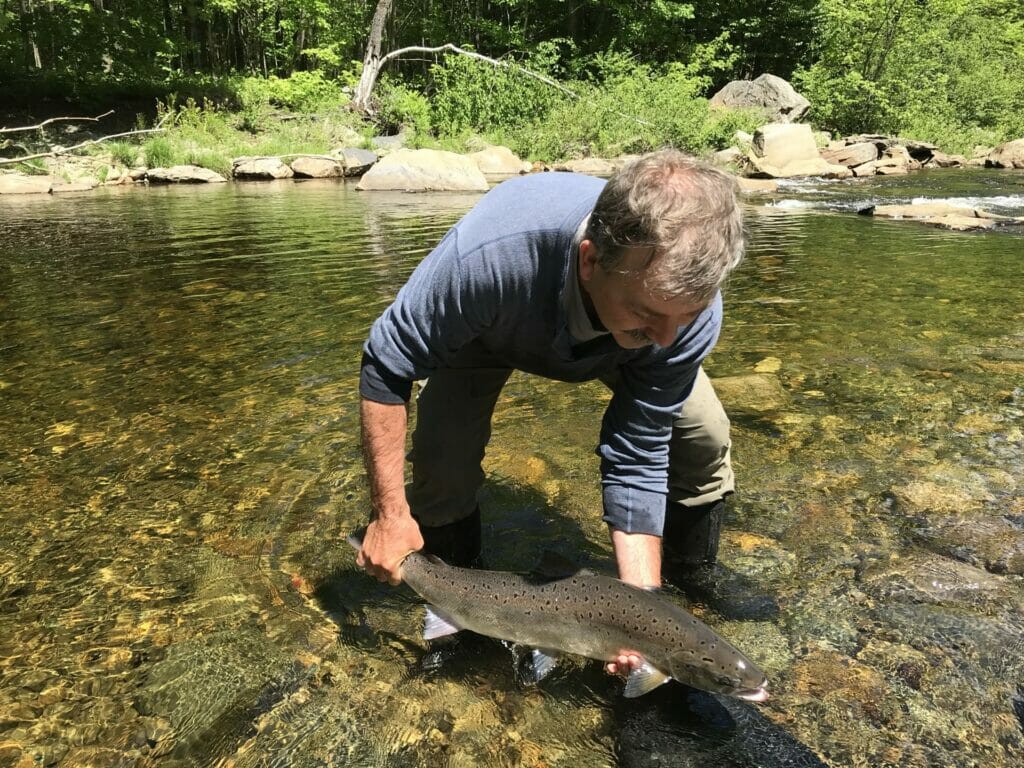
Thousands of Kennebec River supporters submitted public comments and showed up at public hearings to push for fish passage changes that would help the river’s migrating species recover.
“The outpouring of concern from those who want to see a healthier Kennebec River was tremendous,” Brooke said. “It’s important to mention that while this is encouraging news, there’s a lot of work ahead as the Kennebec River Restoration Trust is established and begins its work.”
TU and the Kennebec Coalition will continue to work with TNC and other partners on this incredible river restoration effort as it unfolds. We will keep you posted as the process moves along and make sure you know about opportunities to be personally involved.


